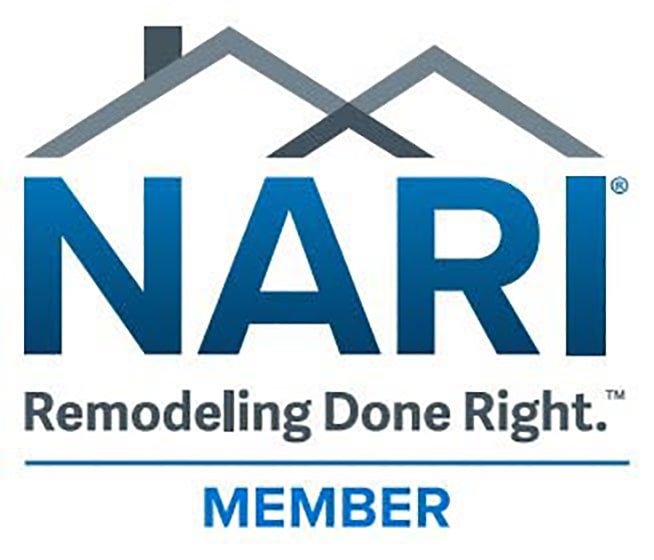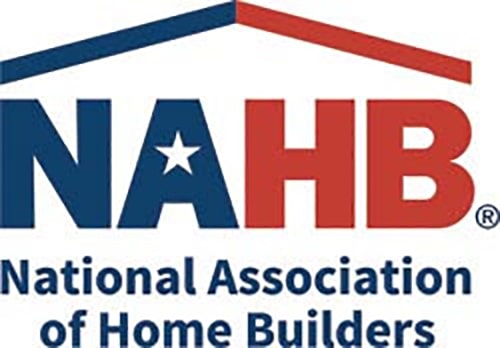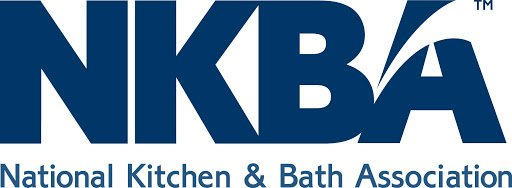Rebuilding a home after storm damage has made it uninhabitable or dangerous means taking specific steps, quickly, to get the damage assessed and to ensure your family isn’t displaced for any longer than necessary. Homeowners insurance is a must when you want to protect your home, but what happens when a major storm damages your home, and you need to rely on your policy?
Here are some of the steps you should take to reduce the costs and timeframe associated with repairing your home after a storm.
Conduct Triage on the Home and Create a Visual Record
Imagine a large tree falls on your home during a storm and damages the roof, breaks windows, and causes other, unseen damage to the structure of your home. Your home may become dangerous in which to stand or reside, which means getting the structure repaired as quickly as possible is essential.
The quickest way to get a repair crew to your home is to take pictures of the damage and contact your insurance company. While you may be able to cover some of the house with tarps or plastic bags until the assessor and repair crew arrive, it’s important to take pictures and protect your home without putting yourself in danger.
The blog from CertainTeed explains:
“After the storm has passed and it’s safe to venture outside, grab your camera or smartphone and start taking pictures and capturing video. Remember: Be safe. Downed power lines and high water can be deadly, and it’s not worth risking your life for photos that can be taken at a later, safer time.”
If you’re worried about having a cell phone that works after a storm, you may wish to consider investing in an inexpensive digital camera that you can store in a watertight box. Make sure that the batteries are charged by testing the camera once or twice a year. You may also wish to have an emergency or extra phone on hand in the box for contacting emergency personnel.
Take a Workshop on Storm Damage Recovery
The threat of storm damage is so common that there are classes that exist that are designed to teach the student how to recognize dangers associated with storms and the structural integrity and safety of homes after they’ve been damaged. Safety of your home after a storm isn’t related solely to the structure of your home, either. You may also need to assess factors like the trees on your property.
For example, PennState Extension offers a class called “Recovering from Storm Damage: Assessing Trees on Your Property. Some of the topics in the class include:
“How to identify common tree defects, How proper pruning can prevent storm damage, How to maintain tree health and condition, How to find professional Arborists.”
The Mortgage Bankers Association also offers an excellent page called “Disaster Recovery: A Resource for Homeowners” that you may wish to check out for topics like preparing for disaster, the immediate response required after a storm, and starting the recovery process.
Starting the recovery and rebuilding process may represent the most difficult part of storm damage recovery. However when you choose to work with Gettum Associates you can relax knowing that we will handle all communication with your insurance company and get you back in your home as quickly as possible.
Let Gettum Associates Assist with Damage, Repair, & Upgrades to Your Home
Gettum Associates is your home remodeling partner whether you’ve just survived a freak storm that pulled half the roof off of your home, or you’ve started to realize that your old and outdated kitchen is in need of an upgrade. Call us at 1-317-888-5681 for more information on our services, as well as to discuss your project and how we can help.
Plus, if you’re ready to get started on a renovation project, you’ll want to download our guide: Seven Questions to Ask When Choosing a Remodeler in the Indianapolis Area.














